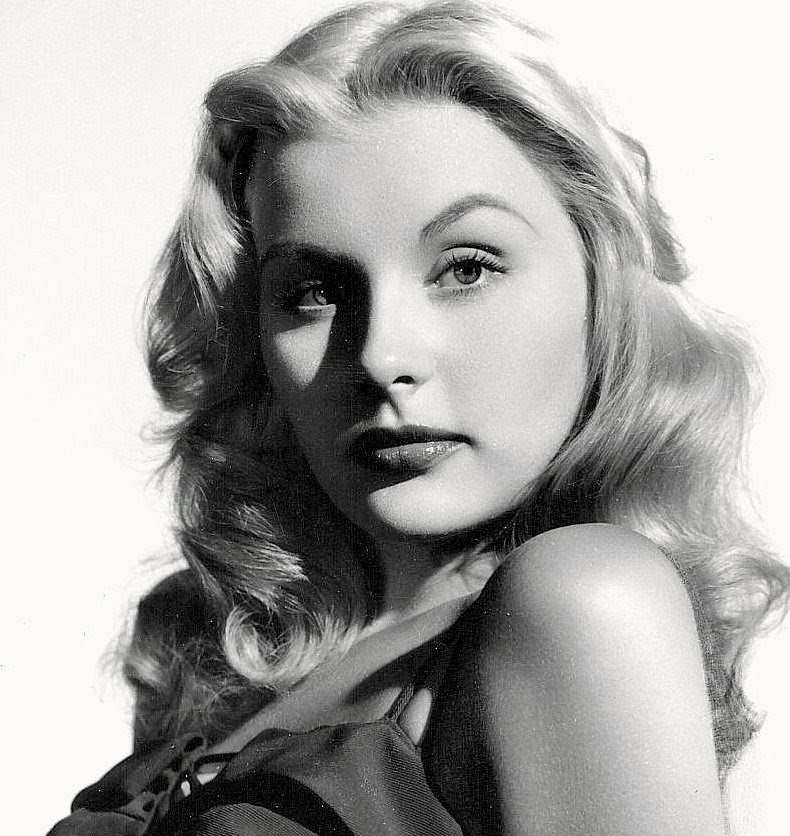Review by Plan9Crunch co-blogger Doug Gibson
(Last summer we reviewed "Adjust Your Tracking," a documentary on the glory days of VHS, when the film was in the festival circuit. Now that it is out on DVD/VHS, we repeat the review.) There's a scene in "Adjust Your Tracking," the new micro-budget, partially funded by kickstarter.com, film documentary, from fans Levi Peretic and Dan Kinem, where Zack Carlson, former cult film master of Alamo Drafthouse turned Hollywood creative writer, perfectly encapsulates the addictive obsessions of the true VHS film collector. As Zack relates, he and his girlfriend were walking down a business avenue and observed a former video star, now locked and shuttered with the lights off. Zack observed through the window a few score abandoned VHS movies.
He proposed to his wife that he break into the forgotten store and rescue the VHS films. Because he was with a less obsessed companion, Zack's proposed felony was successfully rebuffed. But if he had been walking alone? Well ...
I'll be 50 in a couple in a couple of months and it's been a joy to experience the birth, rise and fall of the VHS era in my lifetime. I can relate to the two-score plus VHS film fans and collectors who relate the glory era of the neighborhood video store. Thirty years ago you could walk into the local video store and ponder the cover art of "Dr. Butcher M.D., Medical Deviate." Yeah, the film was sort of boring, in that ultra slow, ultra gory Italian Fulci-like style, but as one contributor to "Adjust Your Tracking" recalls, just the box art, with the clam shell, was worth it.
There were treasures in the mom and pop video store, courtesy of Wizard Video, Midnight Video and other long-gone labels. "Bloodthirsty Butchers" promised a gorefest with its clamshell, as did "Torture Dungeon." They turned out to be strange tales of dysfunctional families with fake gore. Today, both "Bloodthirsty ..." and "Torture ..." are among the most sought-after VHS horror tapes, commanding well above $100. (Steve Stones and I. co-bloggers, here, snagged "Torture Dungeon" for about $60 a few years ago.
The 1980s video store was really like a treasure hunt, where early John Waters tapes was next to "Smokey and the Bandit," where "Crazy Fat Ethel," "Criminally Insane" and that long forgotten student films tape of Stephen King stories were found close to "Friday the 13th." Other low-budget films made it on the shelves in those days: "The Lords of Magick," "Cain's Cutthroats," "Gallery of Horror," "Wizard of Mars," etc. I recall those days of leaving a large deposit -- the tapes cost $90 then -- since I had no credit card. I even spent $6 bucks or so renting VCR players at times. Before Blockbuster, the locals needed more tapes to fill up the stores' inventory. Cheap distributors flooded the stores with wonderful kitsch. And there was that section in a back room for, ahem, adult tapes.
Today, a VHS horror collector is more happy to find a VHS of "Woodchipper Massacre" than "Halloween." The more obscure, the more bizarre, the more perverse, are the most sought-after. According to the documentary, a very obscure little gorefest called "Tales From the Quadead Zone" is number one on the most-popular list, fetching $600-plus dollars on ebay.
However, as the interviewees remind us, "Quadead," and other 80s gems can sometimes be fetched for as low as $1 to $4 at a thrift store. To the VHS collectors, it's akin to "Indiana Jones" getting his pants dusty searching through boxes and shelves for hours, passing by 98 percent of old VHS and finally finding that gem. ( I digress here to recall my excitement when I came across a 90s VHS, director's cut, of Jack Hill's "Spider Baby," where Lon Chaney Jr.sings the title song.}
The documentary's interviews flow very well, moving through titled subjects and various idiosyncrasies. The collectors almost caress the films as they move among their VHS tapes' shelves. One fellow recreated, in his basement, a 1980s-era video store. The horror section was his favorite, of course. One fan started a VHS horror collectors fan site on Facebook, and it's great to see the group's growth and success lead to a small but well-attended convention on Pennsylvania.
This is a salty documentary. The F word flows freely, snippets of old tapes are gory enough for NC-17 and there's even some gay porn that finds its way into the film. I won't reveal how, but it's a hilarious anecdote. This genre film, playing in festivals around the nation, will please most viewers. VHS fans will love it. I saw it via a review code at Vimeo.com, but I await its future release ... on VHS, naturally.




